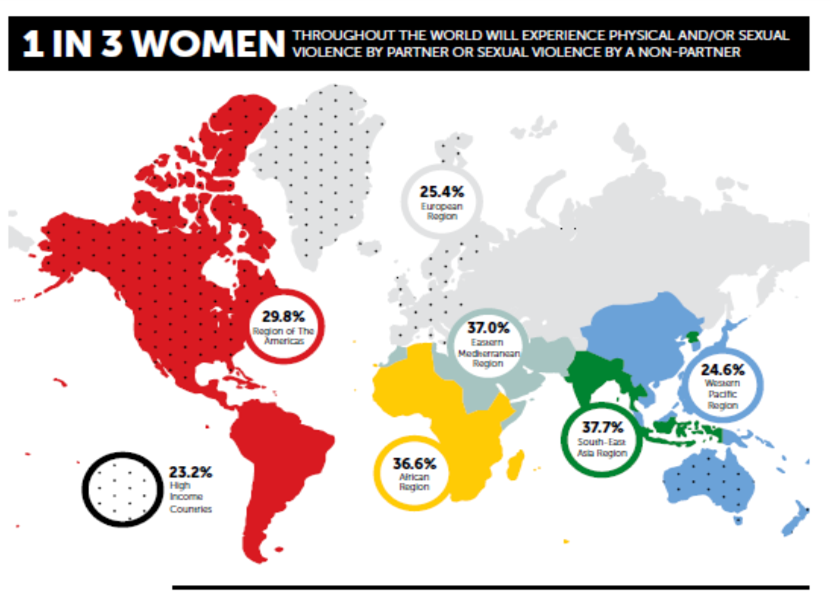
Figure 1. The Global Prevalence of SGBV among Women
Source: WHO (2013)
Global context: Historical, Political, Cultural, and Current
Sexual and gender-based violence is a worldwide phenomenon that knows no boundaries, whether geographical, cultural, social, economic, or ethnic. Historically, black bodies were exploited, but sexual exploitation of the black woman’s sexuality was significant in differentiating the experience of slavery for males and females. The colonial systems operated on a network of binary oppositions such as female-male, black-white, infidel-believer or barbarity-civilization. In the wake of colonialism, Africa was left with monotheistic and patriarchal religious systems, which led to the imposition of rigid gender divisions and a subversion of traditional constructions of family and partnerships.
African historical records show that societies were not all patriarchal or necessarily gendered. There are examples of matriarchal rules like the rule of Ashanti in North Ghana and Nubian queens. Heike Becker, in her studies on gender-based violence, has shown that colonization, capitalism and apartheid in Southern Africa caused and exacerbated gender differences and gender-based violence in the African communities like the Khoisan in Southern Africa .
In the past three decades, violence against women as a policy and research field in sub-Saharan Africa has been classified under “gender-based violence” (GBV). Used initially to described wartime violence and genital mutilation, GBV has come to now include other forms, such as domestic violence. In 1993, the United Nations General assembly defined violence against women as “any act of gender-based violence that results in, or is likely to result in, physical, sexual, psychological harm or suffering to women, including threats of such acts, coercion or arbitrary deprivation of liberty, whether occurring in public or private life.” “Gender-based” in the definition highlights the relationship between violence against women and women’s subordinate status in society.


